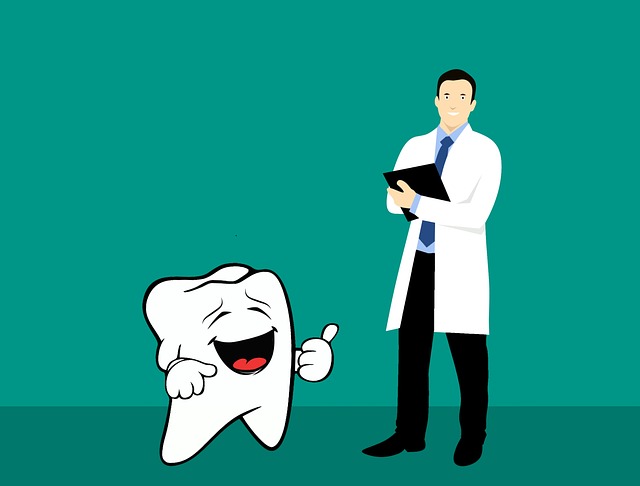Over 40 million hours per year were lost due to dental problems and treatment in Canada, with the potential productivity losses over $1 billion dollars.
A similar trend is followed by UK and Canada with the economies losing £37 million and $660 million per year because of employee absences and reduced activity caused by dental problems.
In fact, the average absence length due to dental problems is 2.37 days as compared to the 1.88 days that are the norm as a result of headaches and migraines.
“YOUR” LOSS

This is but, the damage caused by general dental problems. Long-standing dental problems can have an even greater impact on your professional life.
Apart from the planned leaves of absence that you need to take in order to take care of your dental problems, you also have to deal with unplanned leaves as a result of unexpected pain.
Moreover, there is also a reduction in your efficiency caused by your dental pains.
Apart from these very obvious reasons, anybody who has ever dealt with a minor toothache is quite aware of how your productivity levels plummet as the pain increases making it almost impossible to work on anything.
As an average adult, you have probably suffered financially(quite a lot, as a matter of fact), work efficiency and quality, as well as a lot of time owing to this problem which hasn’t been addressed enough.
THE SOLUTIONS

Well, the most obvious solution is “Prevention is better than cure”.
Most of the dental problems are but avoidable if proper care is taken. Tooth decay and gum disease are the commonly faced problems and are but avoidable, if proper dental hygiene is maintained with timely visits to the oshawa dentist.
IT’S PROBABLY TOO LATE FOR THESE

But hey, most of us are probably nearer to the cure part than the prevention part. With dental problems being the cause of hundreds of thousands of emergency room visits, it can prove to be quite dangerous as well. So, what can we do about it?
The most common solution to dental injuries can either be dentures or bridges. Now, what are these?
Partial dentures are removable and used to replace multiple missing teeth.
Whereas, a dental bridge is fixed and acts as a restorative bridge between the gap caused by missing teeth.
You should choose a bridge if you’re willing to take excellent care of your teeth. They are also recommended if it is a smaller gap on the same side of the mouth. If the gap is bigger, you should consider a denture for the same.
Also, dentures are less expensive and also easier to repair in comparison to bridges but a little more likely to get lost too.
THE OFTEN IGNORED POINT

Now, that you’ve made the decision, there’s one often ignored the thing that you must keep in mind. You’ve probably heard about all those jokes about loose dentures, speech problems and more that you shall be facing as result of using dentures or other such devices. And, don’t want to be “that guy”.
To avoid the several problems associated dental devices, your one-word answer can be: implants.
WHAT ARE IMPLANTS AND HOW DO THEY WORK?

Colgate’s official definition of dental implants is Dental implants are metal posts or frames that are surgically positioned into the jawbone beneath the gums. The replacement teeth, are then mounted on them.
ADVANTAGES OF DENTAL IMPLANTS!
They are infused into your jawbone, so they provide stable support for artificial teeth which make them feel more secure and natural than conventional bridges or dentures.
For people for whom dentures or bridges are not comfortable due to reasons such as sore spots, poor ridges or gagging it is an added advantage.
You also don’t have to worry about public embarrassment caused by moving dentures, affected speech or other such problems.
This gives you all the more reasons to for implants.
All in all, it seems that a dental injury or problem is not quite as big a problem as it could be and its impact can actually be quite controlled by analyzing, deciding and taking up the right dental procedure.

